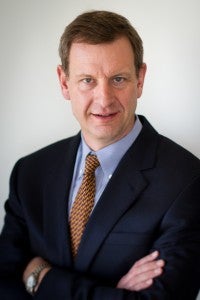By: Max Wycisk, Communications Intern
The second annual New York Energy Week, held last week, brought together more than 4,000 industry leaders and innovators – double the number last year – to discuss the dynamic changes the state’s energy sector has seen in the last twelve months, including the state’s historic move to re-examine its utility business model. In a series of panel discussions held throughout New York City, state, national, and international energy leaders reviewed key topics such as energy storage, building efficiency, and the rapidly evolving utility industry itself. While the topic of discussion varied, a number of consistent themes emerged, giving attendees a clear vision of the steps industry is taking toward adopting a modern, decentralized, clean energy future.
Communication drives innovation
One of the main themes of the conference, which was organized by research firm Enerknol, was the shift in how the energy industry will interact with consumers as well as the way in which it interacts with itself. Speakers frequently described the current energy industry as ‘fragmented’ or ‘acting within silos’ and questions arose at nearly every panel about how to stimulate conversation between different energy sectors that will lead to collaboration, investment, and innovation. Read More















